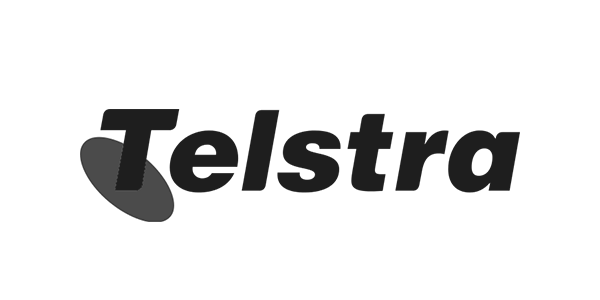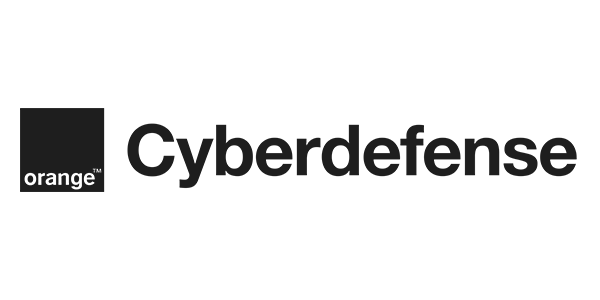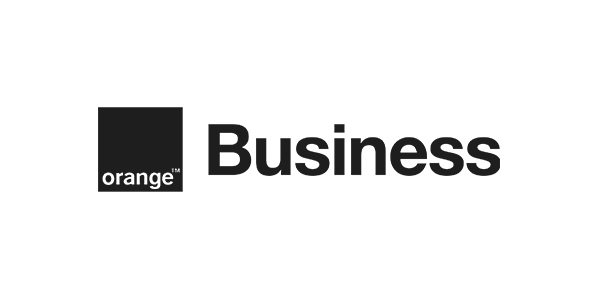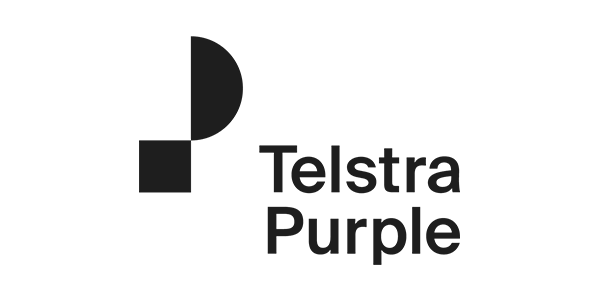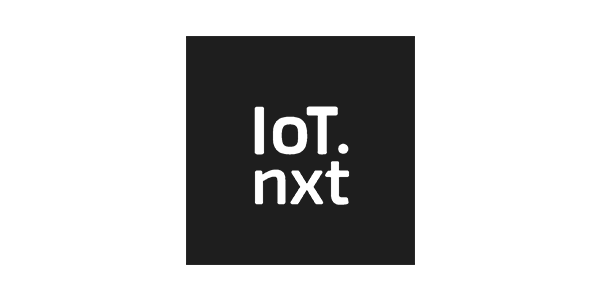The IoT business needs (thought) leaders to succeed
Steve Jobs taught us that simplicity is complicated. The digital transformation of everything means that everything will become more complex, even as it becomes more efficient.
Yet at this stage of industry development there are so many stakeholders offering so many highly specialized solutions for industrial IoT that it is challenging for partners and prospects to understand what they have to offer. This is a very complex industry.
McKinsey estimates that IoT could deliver between $4 trillion and $11 trillion in economic impact by 2025. That’s a very big spread and probably because we just don’t know how quickly new technologies will be embraced or if new business models will work.
Assuming we want IoT to be a $11 trillion industry, we’re going to need a lot of thought leadership.
Think about the challenges:
- Speaking in tongues: Many vendors in IoT have stories so wrapped up in the language of their vertical specialization that others can’t make out the meaning. It harks back to the Two Cultures debate. Not only this, but their public information does not always clarify what their solutions do, or why others may need them.
- You say tomato, I say solanum lycopersicum: Another challenge is that the IoT isn’t the kind of technology business in which technologists always speak to technologists. A connected agricultural equipment vendor may have great technology, but they need to explain it to farmers in terms farmers understand. Think about it: you could build a cure for the world’s worst disease but if no one knew it existed then it would have no value at all. Stakeholders in the IoT space need to share their vision.
- Lack of trust: A third challenge is the rapid evolution of this industry, with new technologies, partnerships, M&A activity and big VC investment transforming the space almost daily. Not only this but as the industry, evolves stakeholders are identifying new hurdles to wider adoption, from security to reliability to the need to build trust.
So how to you get your story told – and understood?
The average American sees as many as 10,000 advertisements each day, but notices less than 100 of these. Journalists are drowning in the noise of tedious press releases laced with superlatives and hyberbole. The click-through-rate for eDMs from computing or electronics vendor averages 2%. That means for every 50 people who received your last offer, 49 were not interested.
IoT is an industry in its infancy: vendors whether chip manufacturers, platform vendors or software developers need to stand out from this noise, and focus on building reputation and credibility. Genuine, useful insight will be more valuable and trusted than hard selling.
What does it mean to be a thought leader?
Thought leadership is not an excuse to boast about your company, or its products. It means taking complex topics in which you have specialist knowledge and explaining their use in real world terms that people outside of your specialism can understand. Thought leadership demands you have something genuine and interesting to say. This is how you build credibility.
A Corporate Executive Board analysis of business buying behavior found high-value C-list customers are becoming increasingly likely to demand education and advice when making purchasing decisions.
Use every tool in the box
So you recognize you need to up the ante in your communications. But it’s not simply writing a few blogs and voila, you win an industry award. You will need to work all the channels at your disposal: your blogs, social channels, sales presentations, press, analysts, influencers and industry events.
Gartner estimates that in enterprise purchasing decisions, buyers spend only 32% of their journey interacting with supplier-side content or sales people. Two thirds of the buyer’s journey is devoted to internal assessments, peer networking, and the recommendations of external experts like analysts. Influencing the influencers becomes paramount.
A joint Twitter/Analect study shows at least 40% of respondents complete one or more purchases after seeing products used by influencers on social media. A survey from Grist found that 79 percent of business executives engage with thought leadership topics on Facebook, 73 percent on Twitter and 68 percent on LinkedIn.
What does thought leadership look like?
Thought leadership can take on many forms. Here’s three examples:
- Executive speaks: This series of LinkedIn blogs by Orange Business Services executive vice president examines the wider societal impact of the digital transformation of everything, and leverages his 2000+ personal connections.
- Shared vision: The GSM Association raised the awareness of a new standard for embedded SIMs (Remote SIM Provisioning) by inviting major players in connected devices (Samsung, Morpho, Deutsche Telekom) to sharing their hopes and vision for the new standard.
- Consistent message: Gemalto wanted to raise awareness of the security threats to IoT data as it journeys from device to data center. The thought leadership was built around the belief that IoT needs Trust at all levels, and this vision of IoT security was embodied consistently across an ebook, animation, infographic, presentation, eDM campaign and at MWC.
Thinking leads to growing
Spending time on thought leadership can help you expand your customer base. You will encounter chance conversations with smart people who find you, and you will learn more, too.
The Internet of Things is transforming the way we work, live and play. To be play a significant role in how this market develops, you take the time now to explain what you know and why it matters. On a smart planet, smart customers want you to prove you and your solutions are smart by showing it, not just claiming it.
Your next steps
It’s our belief that the essence of thought leadership is explaining complex topics in simple, engaging ways. Perhaps you need some help doing this.
For over 10 years, Futurity Media has been helping craft multi-channel thought leadership for leading IoT and M2M providers like Orange, Vodafone, Gemalto and the GSM Association.
To learn more about our work, get in touch with us.
Author:

![Create the ideal white paper in eight weeks [infographic]](https://www.futuritymedia.com/wp-content/uploads/2020/02/Futurity-Whitepaper-Timeline-Graphic-v6-header.jpg)

![New to ABM? Follow these 5 steps to drive complex sales [UPDATED]](https://www.futuritymedia.com/wp-content/uploads/2023/04/shutterstock_1225782988.jpg)




